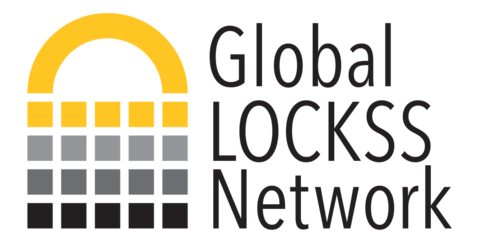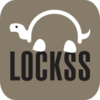Global LOCKSS Network


80 research libraries and public libraries

740 publishers and societies
For Libraries
How Does It Work for Libraries?

Select content to preserve. In your GLN node's Web user interface, choose content to preserve from an ever-growing catalog of participating publishers (open access content, or subscription content you subscribe to). Available to members: live user training.
Value Proposition for Libraries

Benefits and Support

Library Pricing

Libraries' Frequently Asked Questions

For Publishers
Calls to Action for Publishers

How Does It Work for Publishers?

Prepare your site for Web harvest. The LOCKSS Program's GLN staff will work with your technology team to conduct an audit of your Web platform and recommend preservability improvements. Once implemented, we will customize the LOCKSS software to make your content available for preservation in the GLN.
Value Proposition for Publishers

LOCKSS-Ready Publishing Platforms

Publishers' Frequently Asked Questions

Learn More
Further Reading

Figures as of 2024-06-03 unless otherwise noted. Logos by their respective organizations. Icons by OpenMoji (CC BY-SA 4.0).











